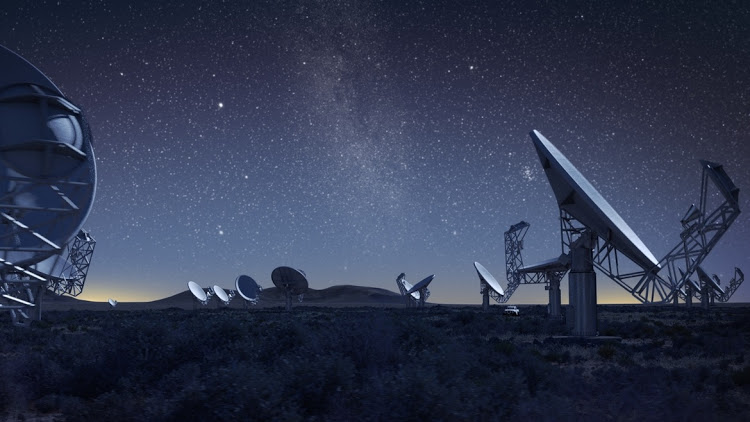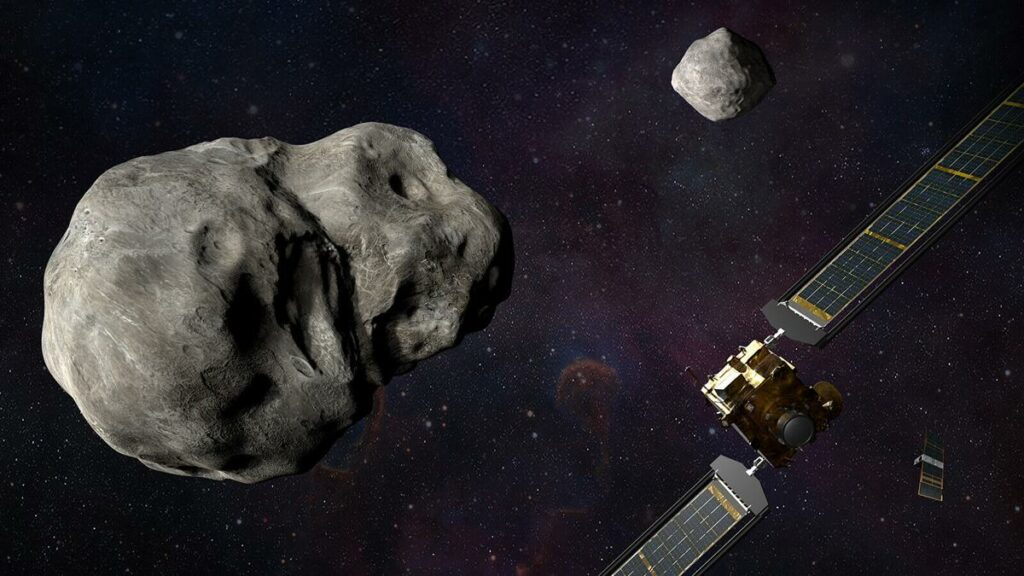In a feat to discover the hidden truth and the unanswered questions that researchers have been studying for decades now, the world’s largest radio telescope with 64-dishes was inaugurated on Friday at a remote South African town named Carnarvon. The telescope is named as MeerKAT and it has 64-dishes arranged in a complex known as Square Kilometre Array (SKA). It was built with a budget of 4.4 billion rands or $332 million US Dollars. Once operational by the late 2020s, MeerKAT will be the largest radio telescope in the world.
According to the statement released by scientists working on the project, more than 3,000 hosted under SKA located in Africa and Australia will be used together by late 2020s that will enable it to scan the sky 10,000 times faster with 50 times sensitive than other radio telescopes. In fact, its image will outrun the high-resolution images captured by the Hubble Space Telescope.
Fernando Camilo who is a chief scientist at the South African Radio Astronomy Observatory stated that MeerKAT will address intriguing questions such as how the galaxies formed, how they evolved, how humans came on Earth, etc. The telescope was inaugurated on Friday in the presence of officials and foreign dignitaries where it showcased the glimpse of its ability by capturing a region surrounding Sagittarius, the supermassive black hole located at the center of the Milky Way located at around 25,000 light years away from the Earth.
Camilo expressed his excitement after the telescope was able to capture high-resolution first light even before the telescope was optimized to do so. MeerKat is a follow-up mission to KAT7 or Karoo Array Telescope 7 which is located in the semi-desert Karoo region in Cape Town, South Africa that demonstrates its ability as SKA. MeerKAT was named KAT7 since Meer is an Afrikaans word that means ‘more’. Further, the researchers are optimizing the big data that will be processed every day and has approach IBM and others to develop such a system that can handle the humongous amount of data captured by each antenna that will be transferred to supercomputers that are buried underground to reduce radio interference.
MeerKAT is the largest radio telescope in the southern hemisphere that will work with radio telescopes in Australia and the entire African continent. The location at which these 64 dishes are installed was chosen due to its remoteness to the nearest civilization which reduces the radio interference as it is surrounded by hills. Every antenna is at least three stories tall with a fixed pedestal on which, a huge dish rotates to capture the different regions of the sky.
Further, the project will be further extended to Ghana and Kenya where the first phase of SKA 1 located in South Africa will add 133 more antennae under MeerKAT and it will be fully operational by 2023.


